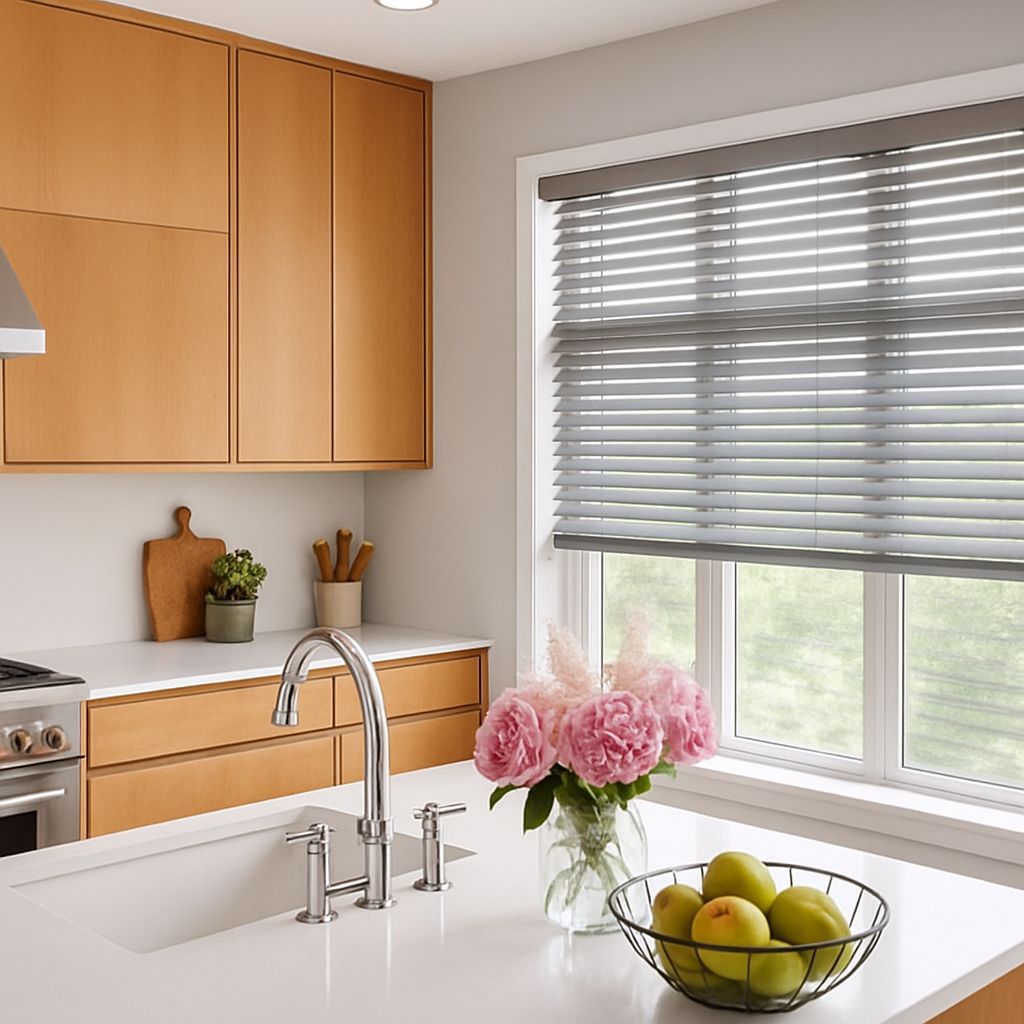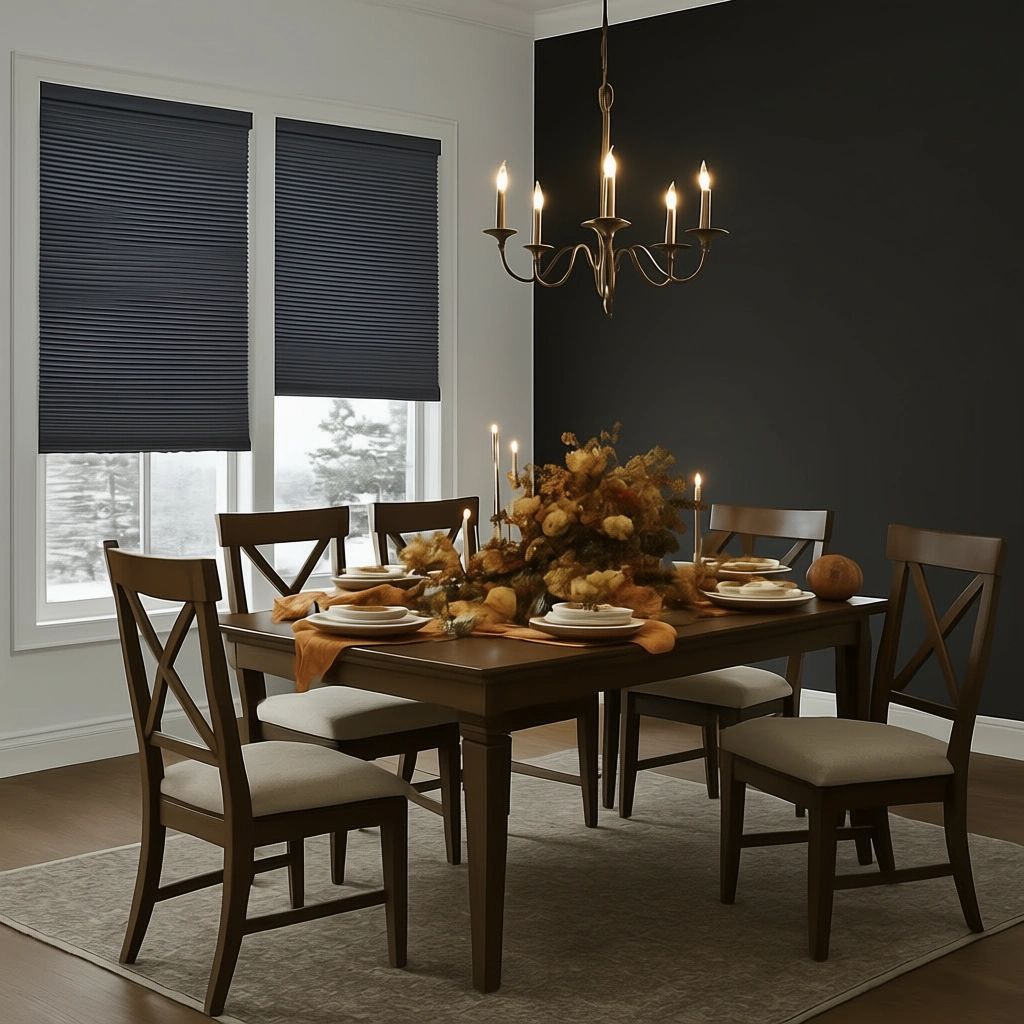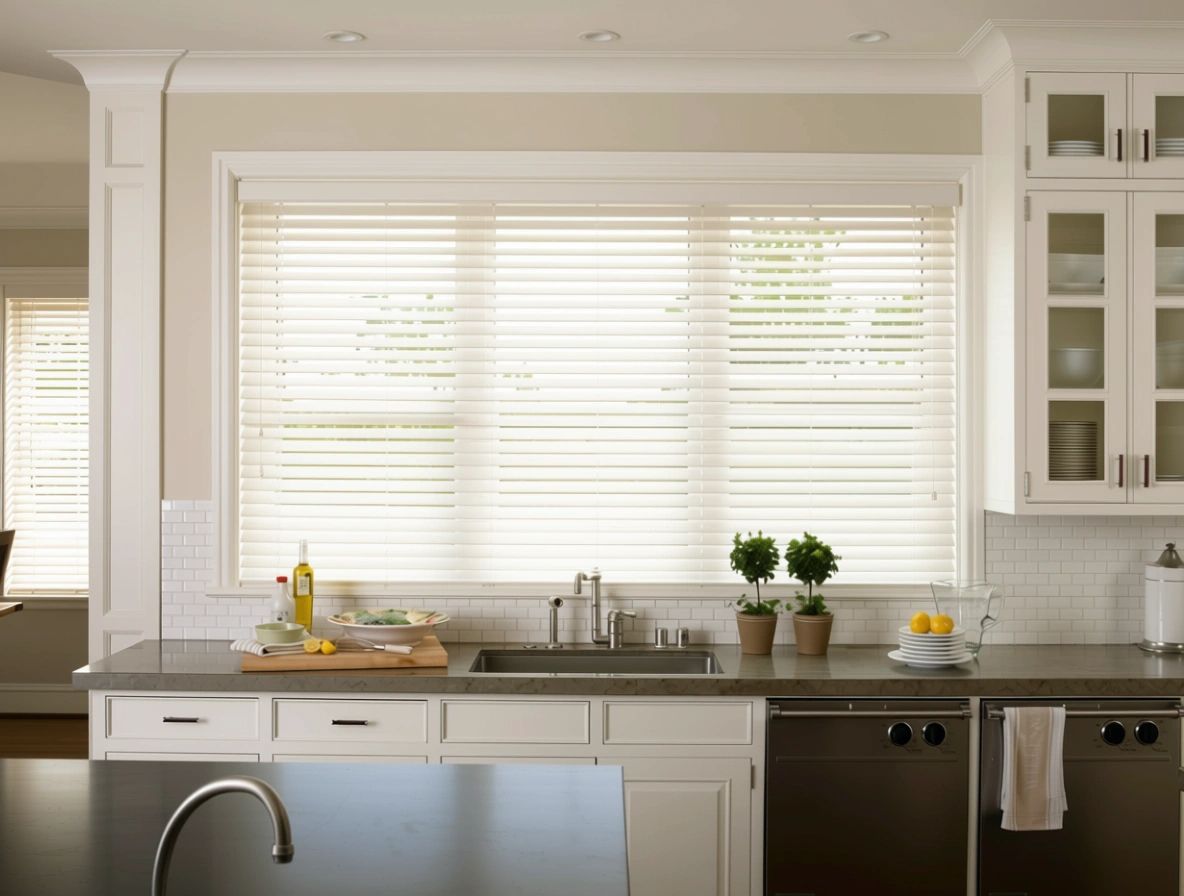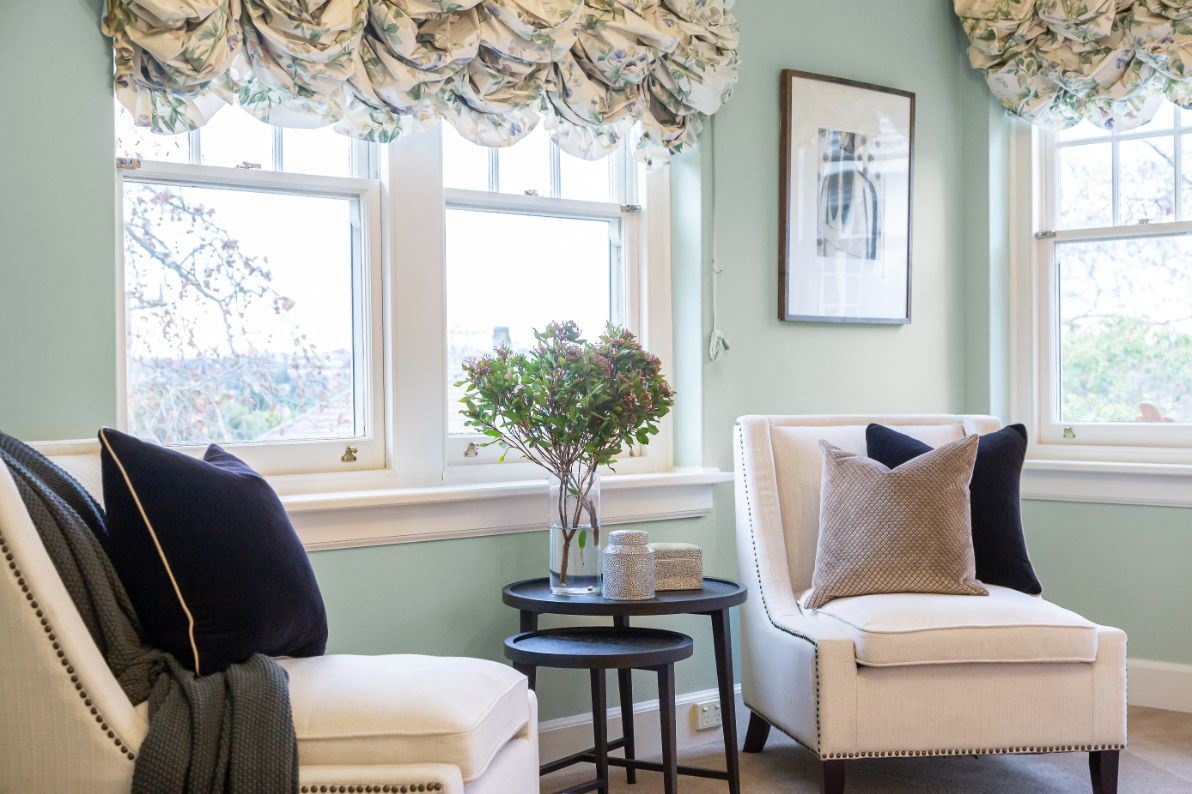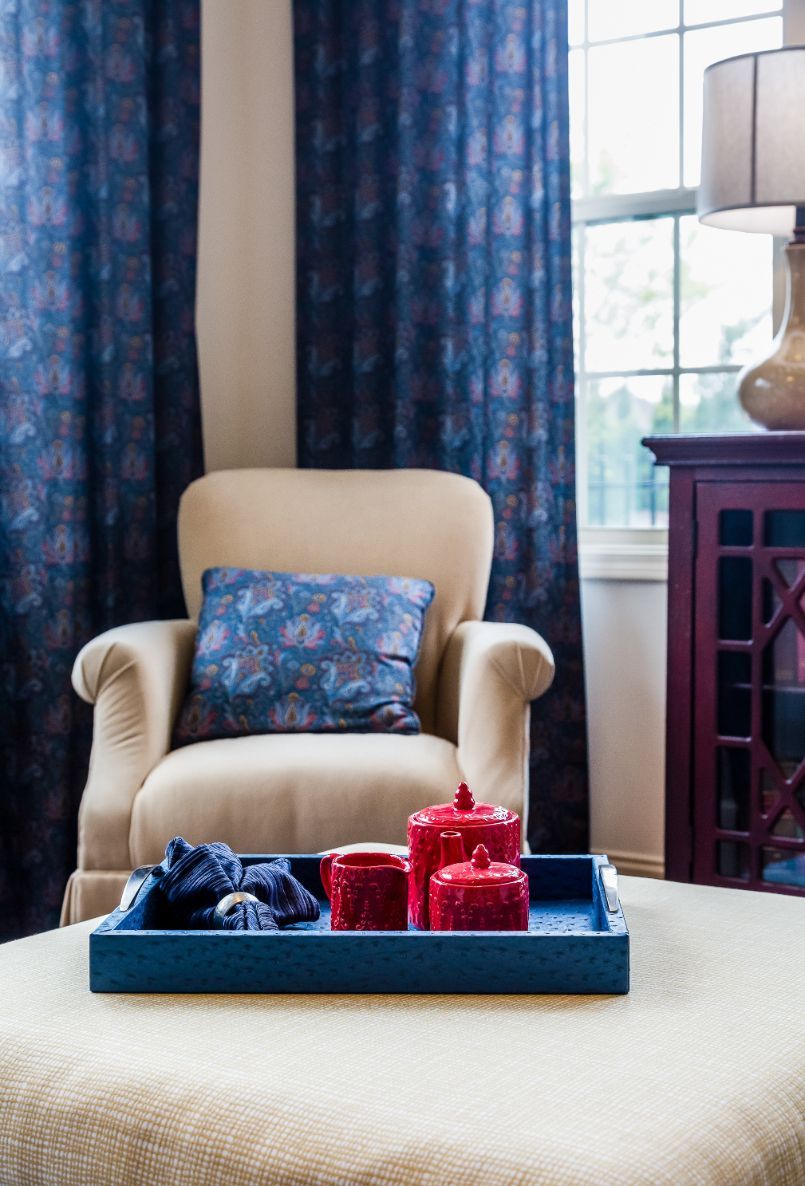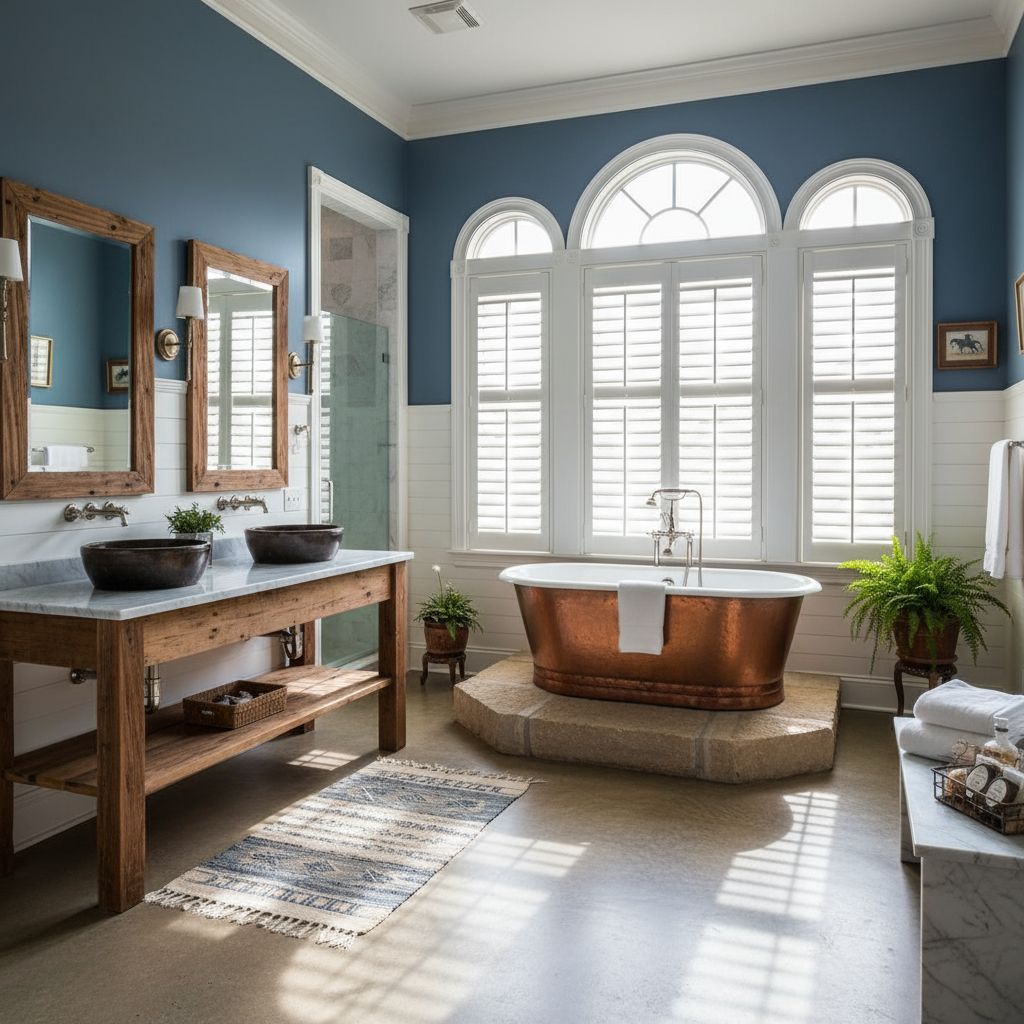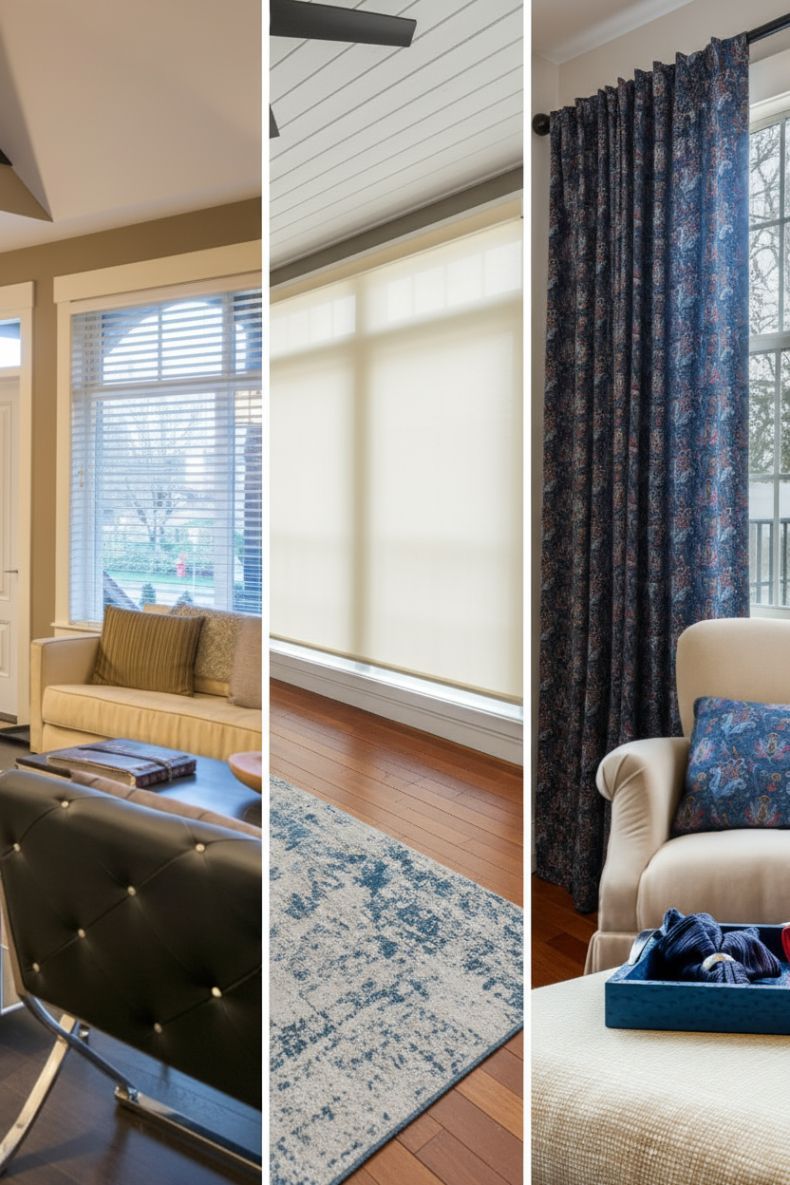Can You Have Different Window Treatments in Different Rooms?
TLDR;
Yes, you can absolutely have different
window treatments in different rooms. In fact, doing so is often the smartest way to meet each room’s unique needs for light, privacy, and style—while still keeping a cohesive overall design.
Why Matching Window Treatments Throughout the House Isn’t a Rule
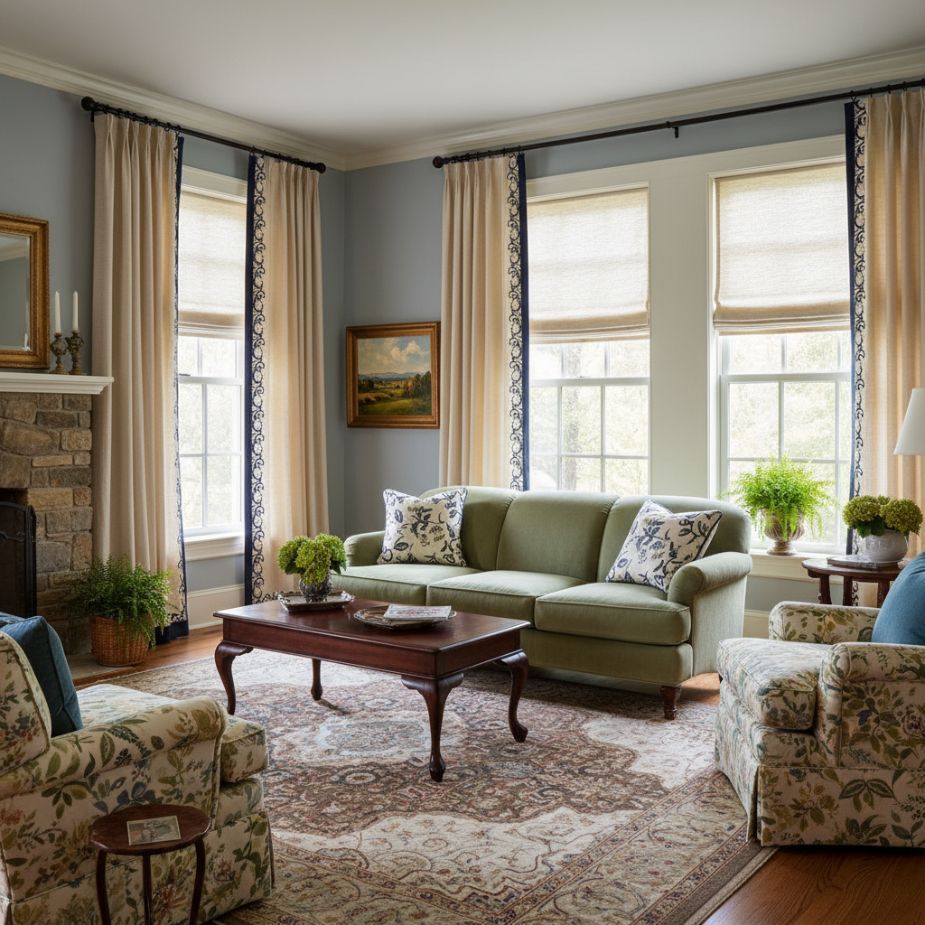
For years, many homeowners believed that every window in the house had to match—same blinds, same color, same style. But that’s simply outdated thinking.
Today, interior design and window treatment experts at Love Is Blinds KY encourage a more personalized, function-first approach. Window treatments should be tailored to what each room requires and how it’s used. What works in a bathroom won’t work in a living room—and that’s a good thing.
Here’s why coordinating window coverings by need, not uniformity, is a better strategy:
- Different rooms have different privacy, light control, and maintenance needs.
- Design preferences can vary between formal, casual, cozy, or bright spaces.
- A cohesive look can still be achieved through materials, colors, and hardware finishes.
You don’t need to match—what you need is balance.
Exploring Common Types of Window Treatments
Understanding the types of window coverings available helps you mix and match wisely across your home. Here’s a breakdown:
Blinds
- Venetian Blinds: Horizontal slats that tilt for light control.
- Vertical Blinds: Best for large windows and sliding doors.
- Faux Wood Blinds: Durable and moisture-resistant, great for humid rooms.
Shades
- Roller Shades: Sleek, minimal, easy to use.
- Roman Shades: Elegant fabric folds, great for layered looks.
- Cellular (Honeycomb) Shades: Excellent for insulation and privacy.
- Solar Shades: Reduces glare while maintaining views.
Curtains and Drapes
- Soft, decorative fabric panels that add warmth and elegance.
- Vary in length, lining, and weight.
Shutters
- Permanent, high-end, and great for insulation and privacy.
Valances and Cornices
- Used for decorative top treatment, often layered with
blinds or shades.
Key considerations:
- Light Control: How much sunlight does the room receive?
- Privacy Levels: Is the room facing a street or neighbor’s window?
- Energy Efficiency: Do you need insulation from heat or cold?
- Aesthetic Appeal: What’s the visual goal—sleek, cozy, dramatic?
Choosing Window Treatments by Room
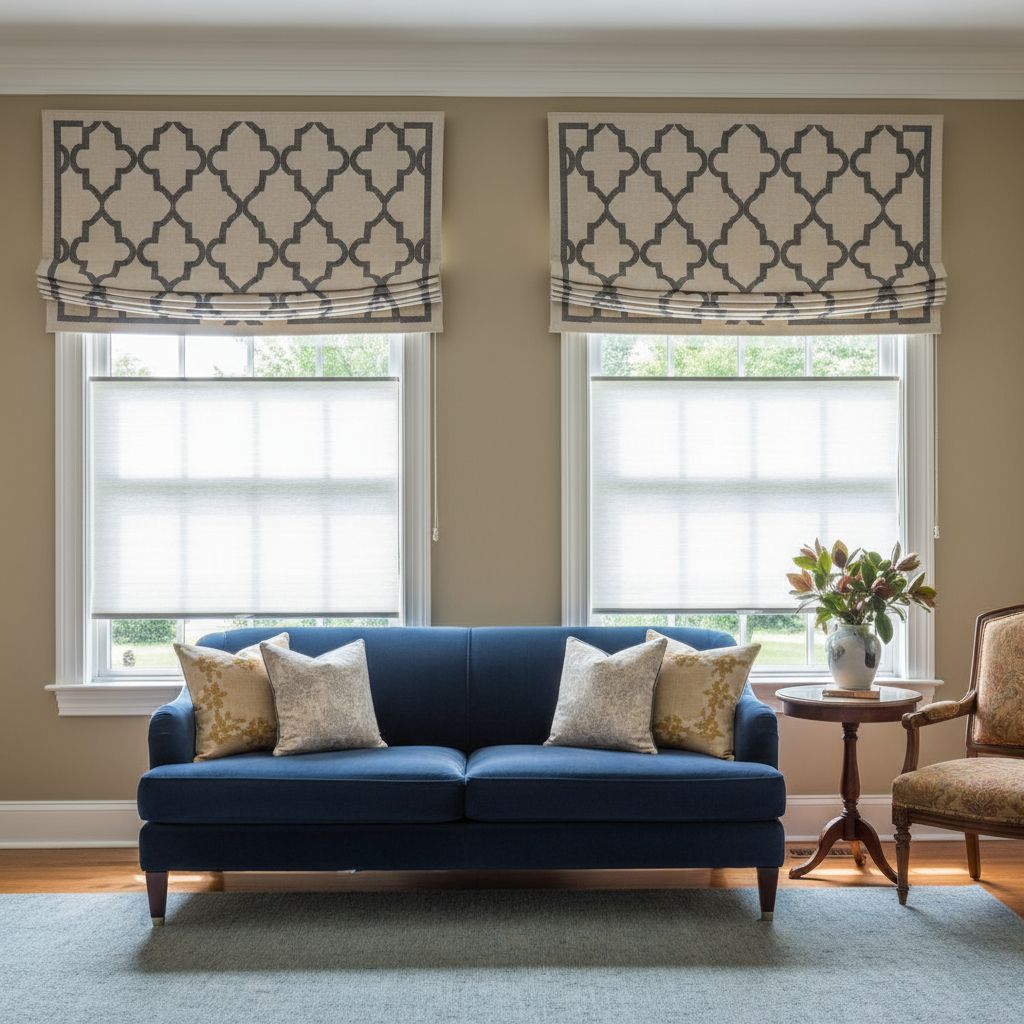
Each room in your home serves a different purpose. So should the window treatments. Here’s a room-by-room breakdown:
Living Room: Style + Versatility
- This is where you entertain, relax, and sometimes even work.
- A layered look works best—combine Roman shades with sheer curtains.
- Allows for flexibility in light filtering and ambiance control.
Tips:
- Stick to your overall living room color scheme.
- Add curtain rods and hardware that echo other finishes (like doorknobs or light fixtures).
Kitchen: Easy Maintenance Is Key
- Avoid anything long or fussy—safety and practicality matter near the stove or sink.
- Use
roller shades, faux wood blinds, or solar shades for easy wipe-downs.
- Moisture-resistant materials are a must.
Recommended features:
- Easy to clean
- Fire-resistant
- Withstand humidity and grease
Bathroom: Prioritize Privacy + Durability
- Humidity is the biggest concern here.
- Top-down, bottom-up
shades are great for allowing natural light while protecting privacy.
- Faux wood blinds or composite
shutters are excellent choices.
Avoid:
- Fabric curtains that retain moisture
- Metallic finishes that might corrode
Bedroom: Light Blocking & Comfort
- Sleep quality depends on proper darkness—especially in short-term rentals. Many hosts opt for
blinds for Kentucky Airbnbs that block light effectively while maintaining style.
- Blackout curtains or cellular shades are ideal.
- Soft textures and darkening features help create a restful atmosphere.
Consider layering:
- Blackout shades behind light decorative drapes for daytime flexibility.
Home Office: Focus + Glare Control
- Productivity depends on managing screen glare and eye strain.
- Solar shades reduce UV rays without darkening the room too much.
- Venetian blinds offer precise light control.
Other great options:
- Dual roller shades (blackout + light filtering)
- Motorized blinds for effortless adjustments
Mixing Window Treatments While Maintaining Cohesion
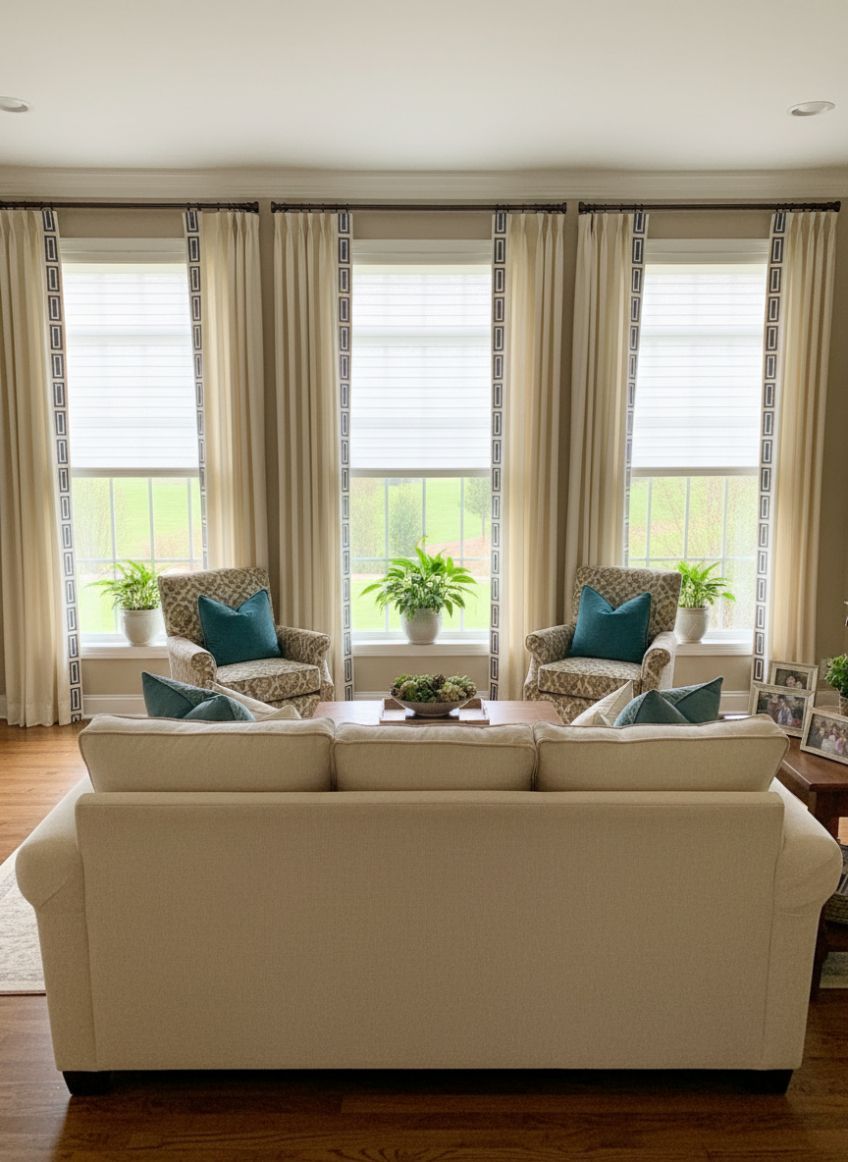
So, can you have different window treatments in different rooms and still keep your home looking pulled together? Yes—but it takes a bit of strategy.
Here’s how to keep everything feeling cohesive:
Stick to a Color Palette
- Choose two or three main colors for your home’s palette.
- Use
shades of these colors across different rooms.
Coordinate Materials
- Match wood tones or use similar fabric textures.
- Even with different treatments, similar materials add unity.
Keep Hardware Consistent
- Rods, curtain rings, and brackets should be in the same finish.
- Chrome, brushed nickel, matte black—pick one and repeat it throughout.
Repeat Patterns or Motifs
- Florals, stripes, or geometric designs can show up in multiple rooms.
- Subtle repetition creates harmony.
When Should Window Treatments Match?
There are a few times when uniformity makes more sense than variety.
Open Floor Plans
- Large, connected spaces—like living rooms and dining areas—benefit from matching treatments.
- Helps visually link the spaces and make the area feel larger.
Exterior Appearance
- The front-facing windows often look better with consistent treatments for curb appeal.
- Consider how your home looks from the street, especially in neighborhoods with HOA restrictions.
Formal Areas
- Dining rooms or formal sitting rooms often feel more polished with symmetrical, matching coverings.
Mistakes to Avoid When Mixing Window Treatments
Personalizing your treatments is great—but some choices can create visual chaos. Avoid these common pitfalls:
- Clashing Colors or Patterns: Choose patterns that complement each other, not compete.
- Different Mounting Styles: Mixing inside-mounted and outside-mounted styles can look disjointed.
- Ignoring the Exterior View: Different colors or lengths on front windows can hurt curb appeal.
- Overlooking Function: Never sacrifice privacy or UV protection for style alone.
- Mismatched Hardware: Mixing silver with gold and bronze hardware throughout can break design unity.
How to Coordinate Different Window Treatments Without Overwhelm
Feeling unsure where to start? Here's a simplified checklist:
- Identify each room's purpose and light/privacy needs.
- Choose treatments based on those needs.
- Pick a unifying color palette or material.
- Select hardware finishes and stick with them.
- Decide whether open floor plan areas should match.
- Double-check your home's exterior view.
Find Your Perfect Window Treatment Style
Need help figuring out what fits your space? Love Is Blinds KY offers complimentary consultations to homeowners across Kentucky and can help you understand window treatment cost KY based on your style and room needs.
Explore how mixing window treatments—when done right—can elevate every room. From blackout curtains to sleek solar shades, the right combination brings your design vision to life without sacrificing function.
Contact us today or browse our catalog of blinds, shades, shutters, and drapes.

